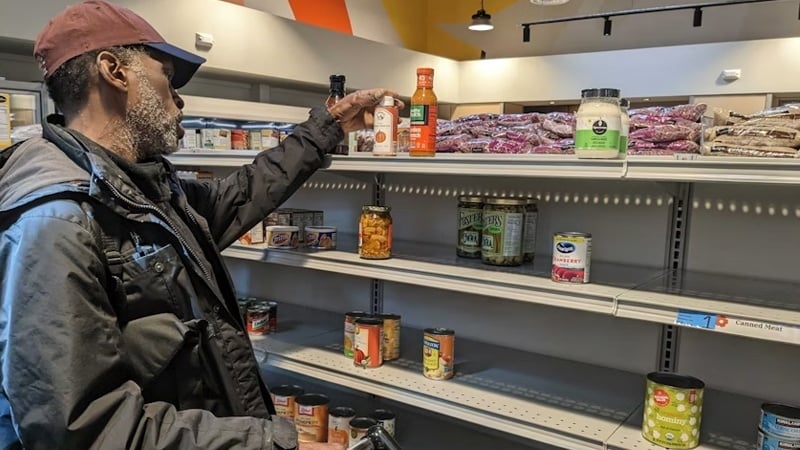Unprecedented tariffs under Trump: What are American consumers paying?
Pars Today – For the first time in nearly 100 years, the overall U.S. import tax rate has reached an unprecedented level.
With new tariffs imposed on imported goods from dozens of countries, it has become clearer how Donald Trump’s trade policies are affecting consumers and businesses. According to Pars Today, citing NBC News, most countries face a 15% U.S. tariff, some Asian countries face 19%, and others face tariffs ranging between 20% and 50%. Additionally, a 55% tariff on Chinese-made goods is scheduled to take effect next week unless a trade agreement is reached.
New U.S. government data shows that following the imposition of tariffs, prices for groceries, furniture, and household appliances have increased since June in the country.
According to estimates by the Budget Lab at Yale University, these tariffs will lead to a short-term price increase of 1.8%, equivalent to a $2,400 annual income reduction for each American household.
How we got here
In April, Trump imposed sweeping tariffs on imports from 66 countries, including the European Union, Taiwan, and the Falkland Islands. This move was aimed at protecting domestic production and rebalancing global trade. After a brief suspension, he implemented a blanket 10% tariff, later warning that tariffs would rise starting August 1—a measure that ultimately took effect last Thursday.
Additionally, a 35% tariff was imposed on Canada and 50% on Brazilian goods. Trump recently signed an order to increase tariffs on imports from India from 25% to 50%, citing New Delhi’s purchase of Russian oil. Decentralized tariffs on aluminum, steel, and pharmaceuticals also remain in place.
Price hike has taken effect
The U.S. Department of Commerce reported that prices rose in June. Apparel and footwear are among the items most affected by the tariffs. Estimates indicate shoe prices could increase by up to 39% and clothing by up to 37%. On average, Americans now face an 18.6% tariff on imported goods—the highest level since 1933.
Food and beverages set to become more expensive
Analysis by the nonpartisan Tax Foundation indicates that tariffs will drive up food prices, as domestic production in the U.S. cannot meet demand. Prices for fish, coffee, alcoholic beverages, bananas, and beer are likely to rise significantly. Alcohol industry associations have warned that the 15% tariff on European beverages could result in the loss of over 25,000 jobs and a $2 billion decline in sales.
Car prices remain stable for now
While some automakers like Ferrari have already raised prices, most brands are awaiting more detailed information about the tariffs before making adjustments. However, the situation may change. General Motors has cautioned that the impact of tariffs will become more pronounced in the third quarter. Toyota, meanwhile, reported a 37% drop in second-quarter profits, attributing the decline to Trump's tariffs.
Areas that remain uncertain
Despite the new tariffs, the future of these policies remains unclear. Trump's use of emergency powers to implement tariffs has faced legal challenges and will likely reach the Supreme Court. Tariffs on Chinese goods have yet to be finalized.
Additionally, Trump has revoked the exemption for low-value packages under $800—a provision e-commerce companies previously used to avoid duties. This exemption will be eliminated for all countries starting August 29.
MG



